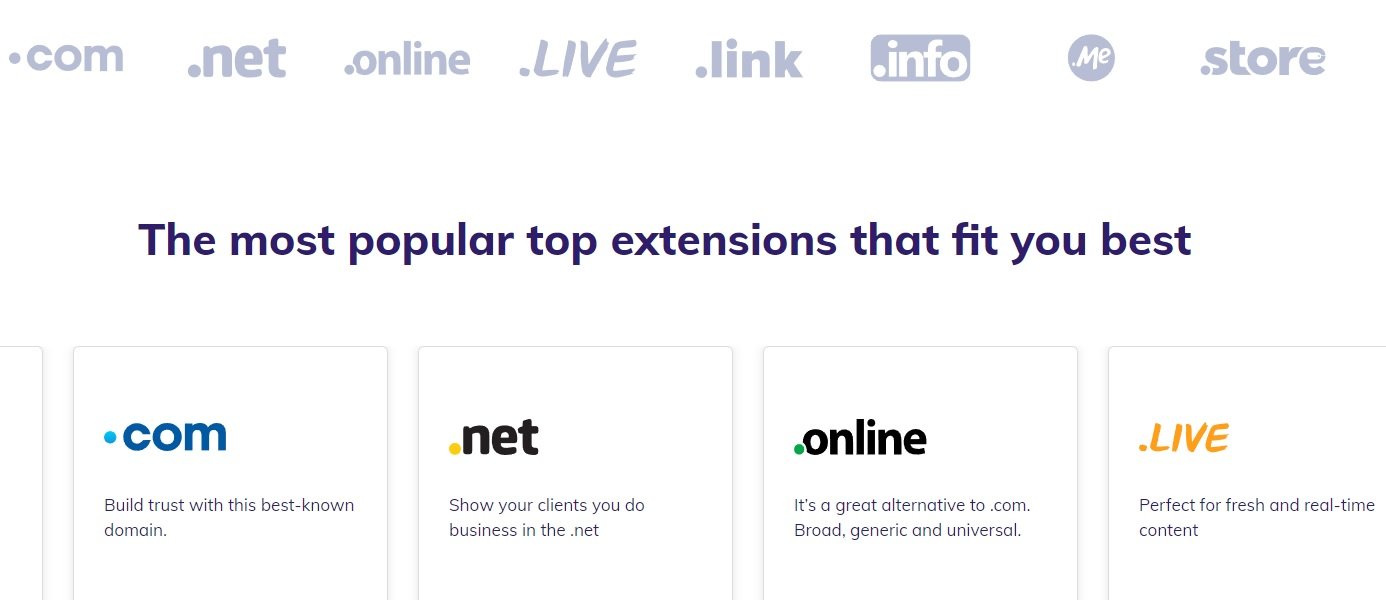Building a strong online presence is critical to the success of any business. Most customers these days do their homework on a business online before calling or going to see them in person. As a result, a potential customer’s first impression of your web can be good or bad.
[powerkit_toc title=”Table of Contents” depth=”2″ min_count=”4″ min_characters=”1000″ btn_hide=”true” default_state=”expanded”]
The X-factor helps you close more deals & improve your company’s reputation among clients will be explained in this post. In addition, you can learn about how to improve your web, including where to start and how to see how other companies have improved their conversions and brand awareness.
Why You Should Redesign Your Website
User impressions are influenced by the design, functionality, and responsiveness of a company’s web when they visit it for the first time. 75% of potential customers are influenced by how a company’s web appears, according to Stanford Web Credibility research.

If a company fails to establish a rapport with a potential customer at the outset, it will be ranked lower in the search results. Customer retention depends on a web responsiveness, functionality, and design. For example, when a website is redesigned, it attracts more visitors and converts them into paying customers.
1. They are cheaper to maintain
As websites get older, they tend to accumulate a large amount of technical debt—bugs and system flow issues that have not been addressed. In the absence of regular quality assurance checks, the likelihood of microscopic issues aggregating to cause a significant shutdown increases significantly.

On top of that, the development team, who have undergone some web developer courses are immensely skilled enough, can replace slow and inefficient processes with faster and more efficient ones by updating the website’s backend. Keeping an up-to-date website means relying on automation and avoiding the need to expand the administrative staff. New technologies and plug-ins reduce your website’s maintenance costs by a factor of ten or more.
2. They are secure
All over the Internet, stories of hacks and data breaches are making headlines. A security breach can permanently harm a company’s reputation, from spamming customers on behalf of the company to installing malware on their devices or stealing their personal information. Hackers are more likely to find a way into a website’s defence as outdated content management systems and development practices become more commonplace.

WordPress founders, for example, release security patches on a regular basis to ensure that no one can break into a W.P. website. In addition, CMS development teams are aware of website managers’ threats. As long as you keep the content management system up to date, your business will be safe from online threats, and your company’s reputation will be untarnished.
3. They are scalable
New challenges for the development team arise when managers expand their target markets, product lines, or service offerings. This includes expanding the database and adding new visual elements or web pages. You may also want to have the website translated into various languages or have content that is specific to certain regions.

It’s easier to grow a website if you tweak its development and design practices. Managers can accommodate tens of thousands of simultaneous users by upgrading their server capacity. For new audiences, it is easier to communicate and adapt the page to their specific needs if you improve U.I. and UX. However, it is important that your multilingual content isn’t flagged as a duplicate by search engines like Google so that you can maintain the top search rankings in all of your targeted locations.
4. The website is attractive to investors
Being relevant is critical for new businesses. Prior to committing to a project, most investors have long-term goals in mind; they want to ensure that it progresses. So it’s a bad idea to show up to a pitch meeting with a website that has a distinctly 2000s feel to it.
View this post on Instagram
It’s a good sign if the team is willing to invest in the project, knows what’s trending in the industry, and is ready to grow with its audience. An attractive website visual also aids in the creation of an excellent first impression during pitches and presentations…
5. Appeals to mobile audiences
Since 2015, the overall percentage of mobile Internet users has increased by 20% – from 30% to more than 50% in 2019. Not caring about smartphone visitors is a missed opportunity for businesses now that the mobile user base dominates online use. Despite this, many corporate websites are still lacking in mobile responsiveness; either the website takes too long to load, is difficult to navigate, or is not optimized for smaller screens.
Carol Hill (@Nielsen) outlines how mobile gaming appeals to older audiences/females vs console gaming #iabgames pic.twitter.com/zqyr2MKcQT
— IAB (@iab) July 21, 2016
Improve the website’s mobile responsiveness to make the most of the site’s smartphone audience. For example, a lite version should be available for those times when the network signal is weak, the content is clearly visible, and no critical tabs require hovering the mouse over them or performing any other computer-specific action.
6. Higher conversions

The common reasons for people to leave a website are poor usability and slow response times. Unfortunately, most people never return after a bad experience. As a result, user frustration can be avoided by reducing the time it takes for the page to load. As part of the indexing process, Crawlers factor in the usability score when determining a page’s ranking on Google.
Where to Start Improving Your Website
What should you do now that you’ve seen for yourself how quickly fashions come and go and know that your website could use some work? Regardless of how much funds you have to work with, these are the steps you should take to improve a company’s website. Analyze your website’s performance. Measure the time it takes for your website to load using services like Google Page Speed. You can run these tests from various locations to ensure that the website is accessible even in areas with slow Internet connections.
Ensure the safety of your personal information and the security of your web. When it comes to providing a safe experience for web visitors, multiple-factor authentication, an SSL certificate, attack detection, and system recovery mechanisms are essential. Incorporate conversion-enhancing elements into your homepage – Include awards and certifications, case studies, and client testimonials in the design of the main page to demonstrate your expertise and legitimacy.
Conclusion
As technology advances, so do best practices for creating websites. Therefore, it is important for web developers to keep up with the latest trends in the industry.
Product or service quality may not be to blame if you can’t close the deal with your website visitors. Website design and responsiveness play a significant role in the number of conversions you receive. For example, more customers and revenue are attract when mobile responsiveness is improve, load times are slash, and the overall look and feel of the page is modern.



